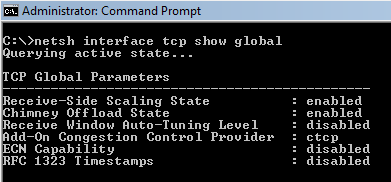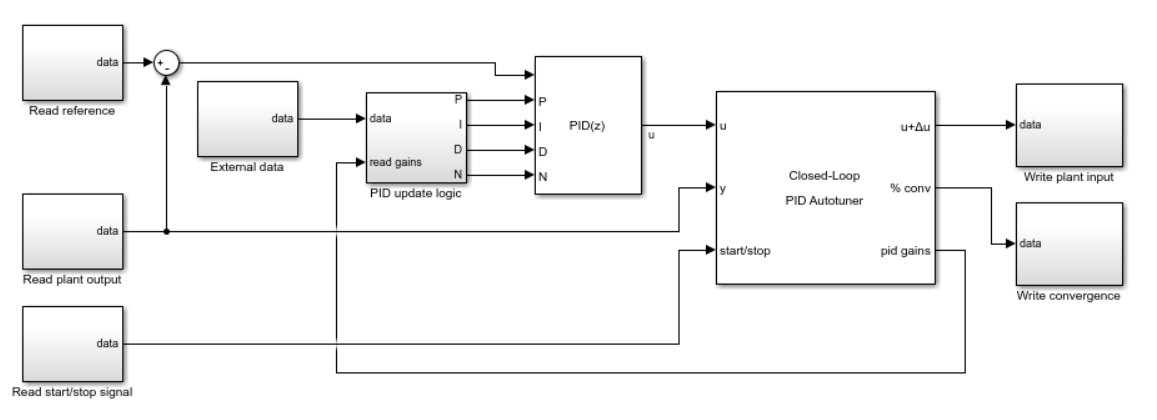- Disable Windows Auto Tuning Level
- Receive Window Auto-tuning Level Meaning 2
- Disable Receive Window Auto Tuning
- Receive Window Auto-tuning Level Meaning 1
- Tcp Receive Window Auto Tuning
Disable Windows Auto Tuning Level
Hi, my name is Katarzyna and I am the Program Manager within the Internet Protocols team. I have been asked a few times about the Receive Window Auto-Tuning feature on Vista and some associated issues people are having.
One of the many cool new features on Windows Vista, Receive Window Auto-Tuning enables the networking stack to receive data more efficiently than on XP. Auto-Tuning allows the operating system to continually monitor the routing conditions (bandwidth, network delay, application delay) and configure connections (scale the TCP Receiving Window) so as to maximize the network performance.In some high bandwidth, high latency links, we have seen SMB performance improvement up to 20 times!
In every TCP packet there is a 'window' field, which informs the receiver how much data the sender can accept back. Access boot camp partition from mac. This window controls the flow by setting a threshold on data kept 'in flight' and prevents overwhelming the receiver with data that it cannot accept.

The TCP window field is 16 bits wide, allowing for a maximum window size of 64KB, which used to meet requirements of many older networks. Nowadays, however, network interfaces can handle larger packets and keep more of them in flight at any given time. Thus, a larger TCP window has become necessary; especially on high-speed, high latency networks. To fill such a long, fat pipe and make use of the available bandwidth, the sending system can often require very large windows for good performance.
Receive Window Auto-Tuning Level is set to normal. To disable Receive Window Auto-Tuning Level, click Start, and in the Search box type 'command.' In the results, right-click Command Prompt, and then click Run as administrator. At the command prompt, run the following command: netsh int tcp set global autotuning=disabled For more information, see. Where RWIN is the TCP Receive Window and RTT is the round-trip time for the path. At any given time, the window advertised by the receive side of TCP corresponds to the amount of free receive memory it has allocated for this connection. Otherwise it would risk dropping received packets due to lack of space. Oct 05, 2012 The Receive Window Auto-Tuning feature lets the operating system continually monitor routing conditions such as bandwidth, network delay, and application delay. Therefore, the operating system can configure connections by scaling the TCP receive window to.
The solution to this demand is called 'window scaling”, described back in 1992 in RFC 1323. It introduces an eight-bit scale factor, which serves as a multiplication factor for the window width. After the factor has been negotiated, window values used by that system on a given connection will be shifted to the left by that scale factor; a window scale of zero, thus, implies no scaling at all, while a scale factor of six implies that window sizes should be shifted six bits, thus multiplied by 2^6 = 64. Now a window greater than 64KB can be easily expressed (e.g., 128KB) by setting the scale factor (e.g., 6) and keeping the window field under the original 16 bits (here, 2048).
The window size included in all packets is modified by the scale factor, which is negotiated once at the very beginning of a TCP connection. The connection requestor suggests window scaling factor in its original SYN packet and if the SYN+ACK packet sent in response contains the option, then this particular value will be used on this connection. The scale factor cannot be changed after the initial setup handshake; remaining data transfers on this connection will implicitly use the negotiated value.

Older routers and firewalls however do not handle window scaling correctly leaving the option in the original SYN packet but setting the connection’s scale factor to zero. Seeing the option on, the receiver responds with its own window scale factor. Believing that its scale factor has been accepted, the initiator scales the window appropriately while the receiver thinks that a scale factor of zero is applied and thus a small window of data should follow. As a result, the communication is slow at best. Sometimes, small window packets are dropped by the routers, essentially breaking the connection.
The resulting slow data transfers or loss of connectivity, users may experience as slow or hung networking applications. Remote Desktop Connection and network file copy are two scenarios particularly hurt by misbehaving routers.
Receive Window Auto-tuning Level Meaning 2
If your connection from a Vista machine appears slow or hung, here are some steps to isolate the cause:
Disable Receive Window Auto Tuning
- First, make sure that your firewall and router can support window scaling. Some devices from Linksys, Cisco, NetApp, SonicWall, Netgear, Checkpoint, D-Link were reported as having problems with window scaling. (Some of the incompatible devices are given here. You can check with the manufacturer or run the connectivity diagnostic suite (especially, TCP High Performance Test) provided by Microsoft to determine your gateway device’s compliance.
- Second, check with the manufacturer if a firmware update has been issued for your device that can fix the problem. Replace the problematic device or update the firmware as suggested by the manufacturer. If the router cannot be replaced or if it the device is remote (e.g., a firewall of your ISP or corporation)
- Third, If the problem still persists, you can restrict autotuning by running “netsh interface tcp set global autotuninglevel=restricted” from the command prompt. We have found that restricted mode will often allow some of the benefits of autotuning with a number of problematic devices.
- Lastly, if all else fails, in order to disable this feature, run 'netsh interface tcp set global autotuninglevel=disabled'.
- (In order to reenable autotuning, run “netsh interface tcp set global autotuninglevel=normal” .)
Please refer to the following KB articles for more information:
Receive Window Auto-tuning Level Meaning 1
-- Katarzyna
Tcp Receive Window Auto Tuning
Updated: Broken link to KB 932170
Update 2: Changed the guidance to do restricted before disabled.
Update 3: tunning doesn't have two 'n's. :)
Update 4: no really, tuning doesn't have two 'n's.